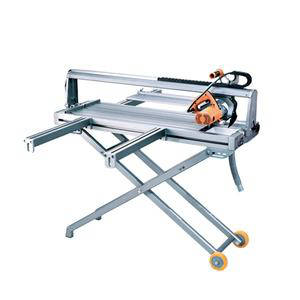The Releated Products of Grinder Stone Blade
Grinder Stone Blade
Understanding the Importance of Grinder Stone Blades
In the realm of grinding and cutting tools, grinder stone blades stand out as indispensable components. These robust tools are widely used across various industries, from construction to metalworking, offering precision and durability. Whether you’re working on a small DIY project or tackling large-scale industrial tasks, understanding the importance of grinder stone blades can significantly enhance your work efficiency and quality.
Choosing the Right Grinder Stone Blade for Your Project
Selecting the appropriate grinder stone blade is crucial for achieving optimal results. Factors such as the material being cut, the blade’s diameter, and its thickness all play key roles in determining the best blade for the job. For instance, when cutting through hard materials like concrete or stone, a diamond-impregnated grinder stone blade provides the necessary hardness and abrasion resistance.
Maintaining Your Grinder Stone Blade
Proper maintenance of your grinder stone blade not only extends its lifespan but also ensures consistent performance. Regular cleaning, inspection for wear and tear, and storing the blade in a dry place away from corrosive elements are fundamental practices. Additionally, ensuring that the blade is properly balanced and aligned on the grinder can prevent premature wear and reduce the risk of accidents.
Safety Tips When Using Grinder Stone Blades


Safety should always come first when operating any power tool, including those equipped with grinder stone blades. Always wear appropriate personal protective equipment (PPE), including safety goggles, gloves, and ear protection. It’s also important to follow the manufacturer’s guidelines regarding the maximum RPM rating of the blade, which helps avoid overheating and potential breakage.

Enhancing Grinding Efficiency with Grinder Stone Blades
Enhancing the efficiency of your grinding operations often hinges on using the right type of grinder stone blade. For example, segmented blades are ideal for fast cutting through abrasive materials, while continuous rim blades provide a smoother finish suitable for detailed work. Experimenting with different blade types can help identify the most effective solution for specific applications.

Common Issues with Grinder Stone Blades and How to Address Them
Despite their robust nature, grinder stone blades can face issues over time due to wear and tear. Common problems include dulling, chipping, and imbalance. Dulling can be mitigated by periodically sharpening the blade, while chipped edges may require careful repair or replacement to maintain safety and functionality. Imbalance, often caused by uneven wear, can lead to vibrations and decreased performance, necessitating reconditioning or alignment adjustments.
Future Innovations in Grinder Stone Blade Technology

Advancements in materials science and manufacturing techniques continue to push the boundaries of what grinder stone blades can achieve. Newer formulations of diamond segments, for instance, promise increased durability and cutting speed. As research progresses, we can expect more specialized designs tailored to meet the diverse needs of modern industrial applications, further enhancing productivity and safety in the workplace.
By staying informed about the latest developments and best practices concerning grinder stone blades, professionals can leverage these tools to achieve superior outcomes in their projects. From selecting the perfect blade to maintaining it correctly, every step contributes to the overall success and safety of grinding operations.
Request for Quotation
报错: 未找到这个表单





